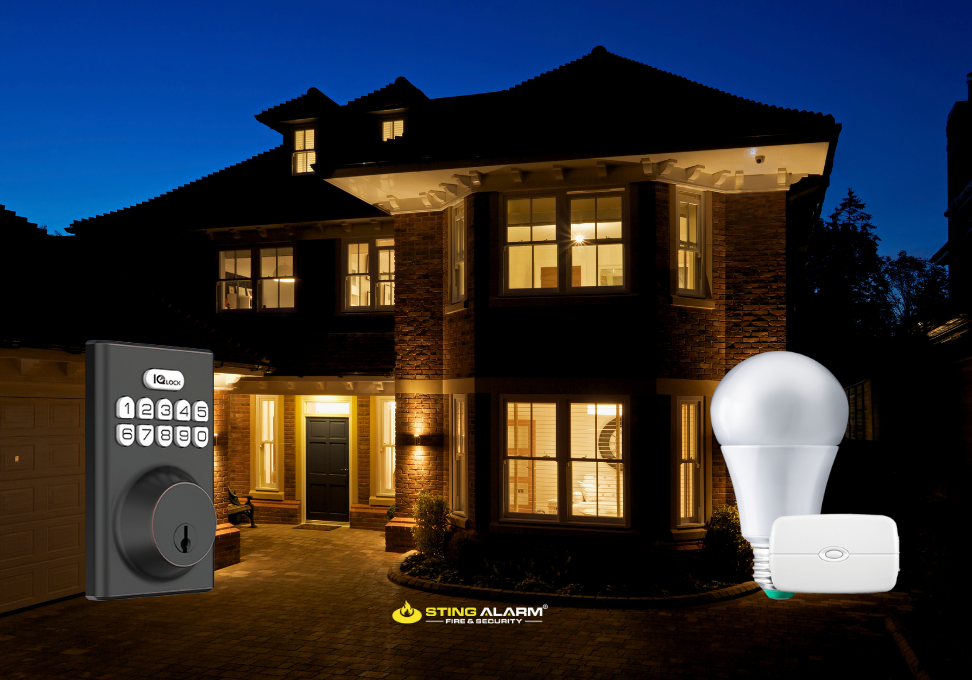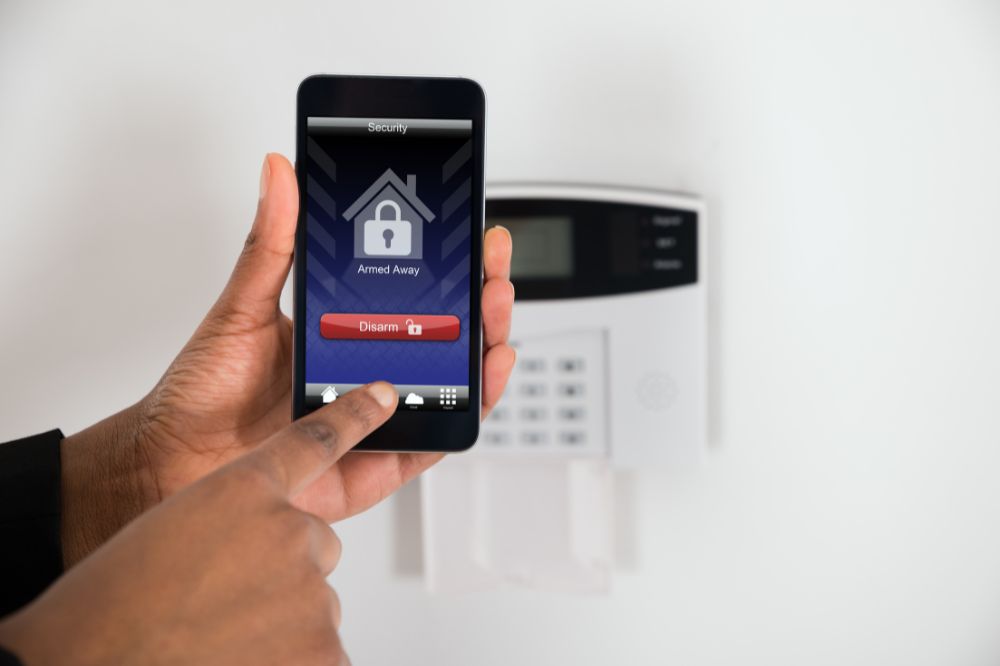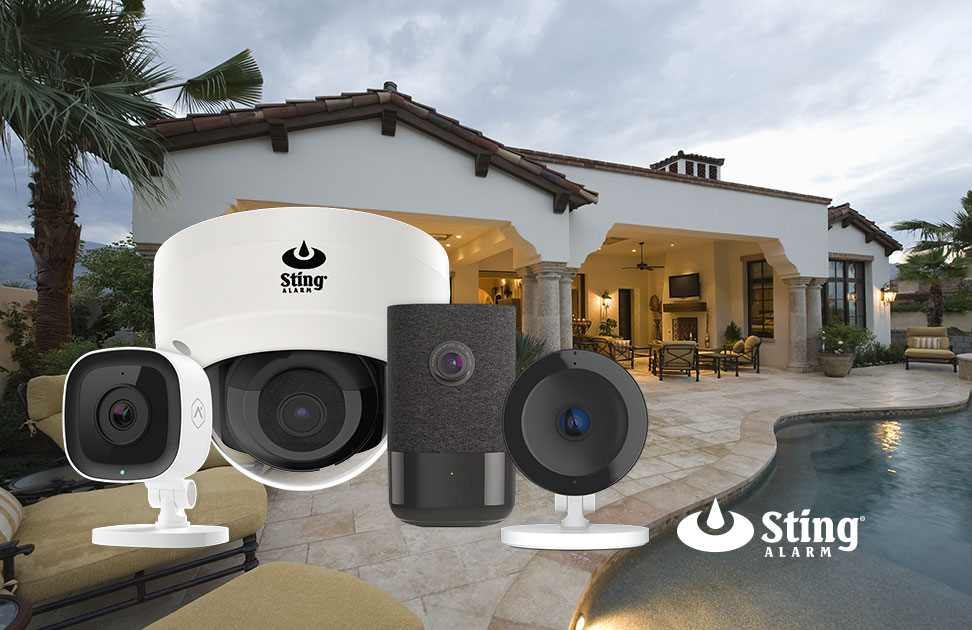
How Many Contact Sensors Does Your Smart Home Security System Need?
Of all the security devices out there, contact sensors might seem the least interesting. They’re small, simple and unobtrusive, with a single function: to detect the opening and closing of doors, windows, cabinets and drawers.
They’re also one of the most essential components of a smart home security system. The more contact sensors you have, the smarter and more versatile your system will be.
The average smart home security installation by Sting Alarm Las Vegas, for example, includes 10 door, window and motion sensors to detect and alert you to activity around your home. (That’s a far cry from some off-the-shelf products, which come with far fewer).
Do you really need 10 sensors though? Well-contact sensors aren’t just for catching burglars. Thanks to customizable alerts and notifications, they can let you know about all types of important activities, from security breaches to toddler shenanigans. They can also trigger other smart devices into action as part of your smart home automation setup.
Heres a list of ten different places you should consider using them.
- Front Door
- Back Door
- Garage Door
- Nursery Door
- Gun Safe Door
- Downstairs Window
- Children’s Window
- Video Game Cabinets
- Medicine Cabinets or Pillboxes
- Freezer Door
1: Front door. With so much activity happening around your front door, a contact sensor is essential for early awareness of activity that could mean danger.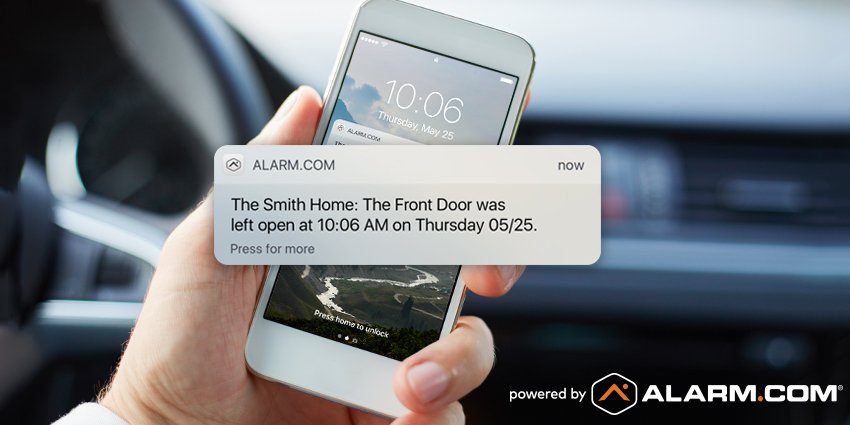
In a break-in through the front door, this sensor is the one that alerts the security system, triggering the countdown to an alarm or potential Crash and Smash signal.
It also has plenty of everyday uses too. It can trigger an alert if your toddler learns how to open the door, or your school-aged kid doesn’t close it, or if your teen is opening it after hours… It can trigger a video camera to record and send you a clip, or trigger your smart thermostat to set back and save energy, preventing you from heating up the whole neighborhood.
Paired with a doorbell camera and a smart lock, it’ll make your front door the smartest on the block.
2: Back door. Like to stay in bed a little later on the weekends? Chances are your children would rather be active. Sometimes, this means exploring the yard. A contact sensor on the back door can let you know when something is amiss.
3: Door to the garage. With cars, tools and forbidden equipment, your garage is a magnet for your curious kids. A contact sensor on your garage door gives you immediate awareness if they’re exploring it. You can set this notification to “weekdays only” so you don’t get alerts when you open the door yourself on weekends. Or easily map out the perfect alert schedule for your custom awareness needs.
4: Nursery door. If your toddler’s room is upstairs, you’ll sleep better knowing that if they go wandering in the night, you’ll be alerted as soon as they reach the landing. As well as creating an alert, you can have this sensor trigger your landing light with automation rules.
5: Gun Safe Door. Add a layer of additional awareness around your most dangerous possessions. Never forget about that gun safe door being left slightly open again.
6: Downstairs windows. Did you know that one third of all burglaries are enabled via an unsecured window or door?
With a contact sensor on each downstairs window, you can verify that they’re all secure before leaving home or going to bed, with a glance on your smart phone or tablet. You can also get a reminder if you leave home with a window open.
7: Children’s windows. Your kids know better than to open their bedroom windows without permission. Does that mean that they won’t? A contact sensor on every bedroom window, ready to trigger an immediate notification, is a smart safety essential for when kids’ curiosity gets the better of them. It can also set back your thermostat to save you money!
8: Video game cabinet. You trust your kids to do their homework when you’re not there… right?
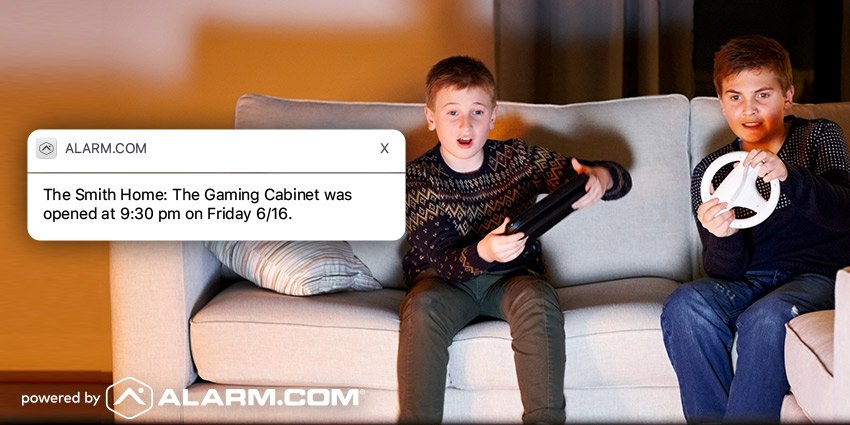
Just in case, it’s easy to add a contact sensor to the cabinet where the games console lives. You can set up an alert that lets you know when it’s been open for too long.
9: Medicine cabinet or pillbox. Last time you were prescribed antibiotics, did you remember to take them every day without fail?
It’s easy to forget and miss a day. With a contact sensor on your medicine cabinet though, you can set up a “no-show” reminder that alerts you if you fail to open the cabinet by a certain time every day.
If you have an elderly loved one living with you, a contact sensor added to their pillbox is a non-intrusive way to ensure they’re taking their medications, without having to ask.
10: Freezer door. You like stocking your freezer with good food. Your family likes opening it to get ice cream. Somewhere down the line, you’re going to spare yourself a meltdown when they leave the freezer open.
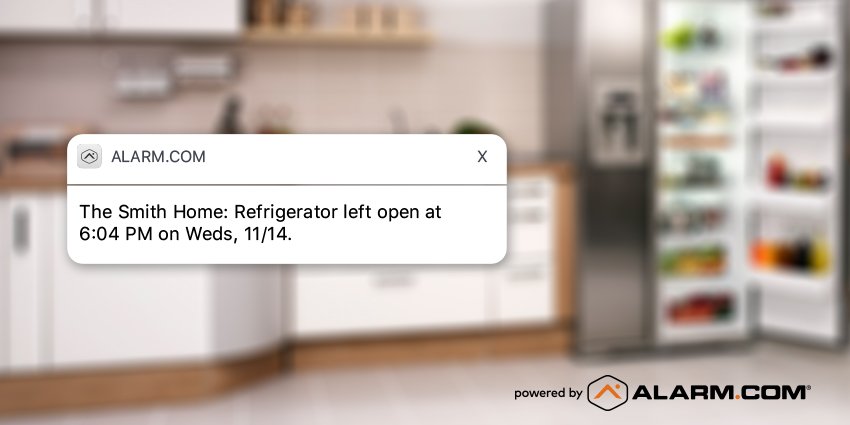
Keep your cool (and your food) by adding a contact sensor to the door, then creating an alert that notifies you if the sensor is open for more than two minutes.
Where else could you use a contact sensor?
Our list isn’t exhaustive. From screen doors to cigar humidors, Alarm.com-powered contact sensors can be applied virtually anywhere you want to be made aware.
Interested in a smart home alarm system? Fill out the form above and one of our Sting Alarm Las Vegas Security Professionals will reach out to consult you. 😊

